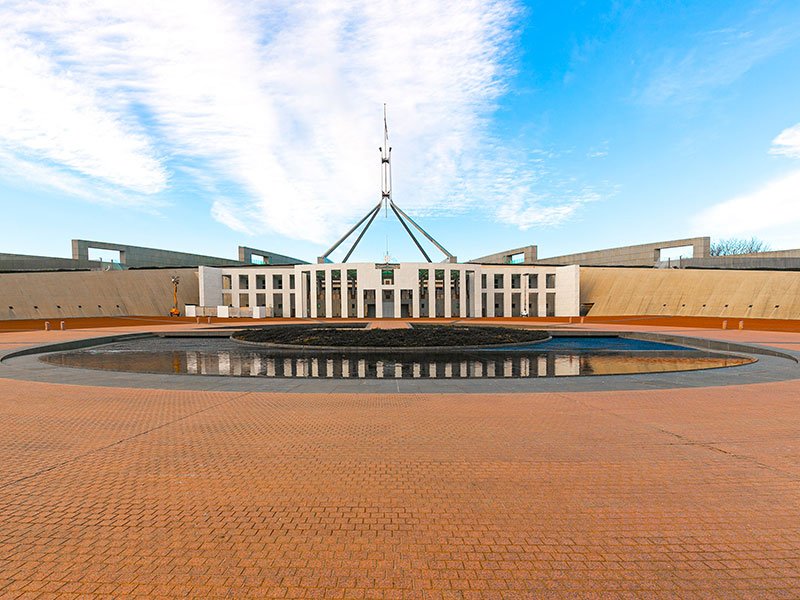All Australian companies will soon have to use the government’s digital identity service to access the research and development tax incentive following the launch of a new digital platform built by consulting giant Deloitte.
Funding was included in the 2018-19 budget for administrative improvements to the way the research and development tax incentive (RDTI) is delivered. Deloitte was awarded a $1.1 million contract in July last year to build a new customer portal for the scheme.
This platform has now been launched by the industry department, and businesses will soon be able to apply for the RDTI through it.
The platform provides an online space to manage interactions with the RDTI, with businesses able to use it to apply for and manage applications, apply for advance and overseas findings, request to withdraw or vary an application, apply for an extension and check the status of submitted applications.
The department said the new digital platform will improve the customer experience of applying for the RDTI and make the department more accessible.

Businesses can now draft an application form on the platform, but it is not accepting submissions until 5 July.
Businesses accessing the RDTI previously had to download and fill in a PDF smart form.
To access the new RDTI platform, individuals will need to have a myGovID, the government’s digital identity offering developed by the Australian Taxation Office. This digital identity will also need to be linked to the business accessing the RDTI.
Deloitte developed the platform across six months last year, focusing on program management, change management, data migration and business support areas.
Responsibility for the overarching digital identity program was recently transferred from the Digital Transformation Agency to Services Australia, while the ATO is the lead for the myGovID element.
The digital identity play received an extra $256 million in funding late last year, more than doubling its total funding over the last five years.
Late last year security researchers advised Australians to not use myGovID due to a crucial design flaw they uncovered. The researchers said the flaw in the myGovID protocol could allow an attacker to easily trick a user into handing over access to their account and the linked services.
The ATO has said it will not be changing the protocol to fix this flaw, instead arguing that it is a public awareness issue.
The launch of the new platform in July will coincide with the introduction of a number of changes to the RDTI, unveiled in last year’s budget.
From the next financial year, companies with annual turnover under $20 million will receive a refundable tax offset for R&D set at 18.5 percentage points above its company tax rate.
For larger firms, the R&D offset will be calculated using an intensity measure based on the level of R&D conducted by a company divided by their total expenses. If this measure is between 0 and 2 per cent, the non-refundable offset will be set at 8.5 percentage points above the company tax rate. If the measure is higher, it will be set at 16.5 percentage points above the company tax rate.
The expenditure threshold will also be raised from $100 million to $150 million annually.
The industry department also recently opened consultations on update guidelines for software claims under the RDTI, after the government opted not to launch a new scheme just for the tech sector in this month’s budget.
The Australian National Audit Office is currently scrutinising the RDTI too, focusing on the industry department and ATO’s administration of the scheme. It is expected to report back by October.
Do you know more? Contact James Riley via Email.

